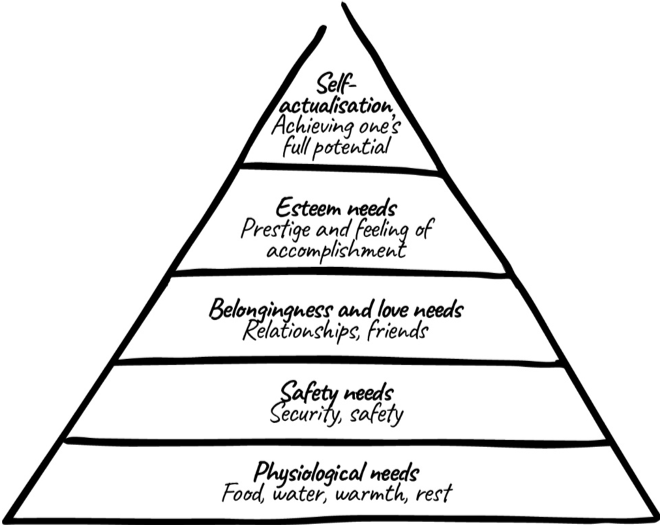What is motivation?
Harnessing motivation is key to transforming our experience of work.
When people understand and take responsibility for what drives them, they can find ways to have their motivators met on a consistent basis. And when they do this, they will have the energy to wholly commit at work, expressing themselves fully, doing what they love, and contributing more to the work that they do.
Only by understanding motivation can people ensure that they get more energy from work than they expend doing it.
Only then can their efforts be sustainable and the human experience of work be improved.
What is Motivation?
Put simply, it's the reason for acting or behaving in a particular way. It is why we do what we do. Behind every action, positive or negative, is motivation. However, you can't see motivation. It is invisible. It is a feeling or an energy. We only see what it touches. Energy sparks action in the form of skill application or behaviour.
There is a distinction between motivation and behaviour - two aspects of performance which are often conflated.
We assert that to have self-awareness, it is not enough to look at your personality, preferred ways of working and traits (which we see so beautifully explored in psychometric profiling tools such as Insights Discovery® and Myers Briggs®, but also that we need to look through the lens of motivation.
What motivates people?
Ask a room full of people what motivates them, and you will get a wide range of answers - from independence to security, from money to purpose. Ask a person what has motivated them in their life, and the answer is likely to have been different at various ages and stages. After all, motivation, like energy, is never static.
One key contributor to the discussion around motivation is Maslow and his Hierarchy of Needs.
He asserted that there is a particular order in which our needs are to be met for us to be motivated.
At the base, we have physiological needs which include food and water. Once these needs are satisfied, we look to having our safety needs met - whether that's physical safety (the buildings in which we live and work) and/or psychological safety (which enables us to have an employee voice). Once satisfied, we look to build relationships with colleagues and to feel a sense of belonging. We then go on to having our esteem needs met - through extra salary, promotion, expertise, and positions of authority. Only then, according to Maslow, do we look to fulfilling our full potential through expanding into our independence, creativity, and purpose.
Distinguishing needs from wants
There is no doubt that this hierarchy has its uses and still has some relevance today. However, in the developed world, with the privilege of our basic needs so often met simply from doing (any) job, our attention must surely turn to how we can do work which feeds our soul, contributes to the human experience of work, and where we can contribute fully from a place of flow. It is not enough to simply work.
Our work is about how we can have our basic needs met (to meet expenses for food, shelter and water) AND how we can have our higher level needs met AND how we have our wants met.
Needs: drivers when not met
Higher order needs are those needs that you only notice when they aren't being met. They are different for different people and change throughout our lives. Money is often a higher order need - once you have enough, having more of it doesn't drive you to enjoy your work more or contribute more. The motivation caused by a pay increase often only lasts a month or two. Learning, for some, may be a higher order need; once you know 'enough' you aren't driven to learn more, go on courses, or explore new ways to master your subject.
Wants: enablers to help us thrive
On the other hand, wants are those things that we desire and which enable us to thrive. In a way, we can never get enough of them and so we are driven to find more of these motivators. For example, once we get a taste of freedom, we want more freedom, for example.
Rather than there being a set order to these wants and needs, each person has their own order.
You might have (more) money as a want or a need. You might have learning, purpose or security as a want or a need. Motivational Maps can help you identify the order and intensity of your needs and wants. This has become a tool of choice for organisations who are seeking to increase levels of productivity and performance AND improve the human experience of work. It puts into the hands of every team member the understanding of what is driving them, what depletes them and what they can do to address this on a consistent basis.
How to harness motivation
We have developed a methodology to help individuals and businesses to harness motivation. We call it CREATE Motivation and you can find out more about this here.
Get in touchFind out more
Book a callLet's have a chat
